Introduction:
Choosing a reliable ECU tune is an essential consideration if avoiding unexpected repair costs is a concern.
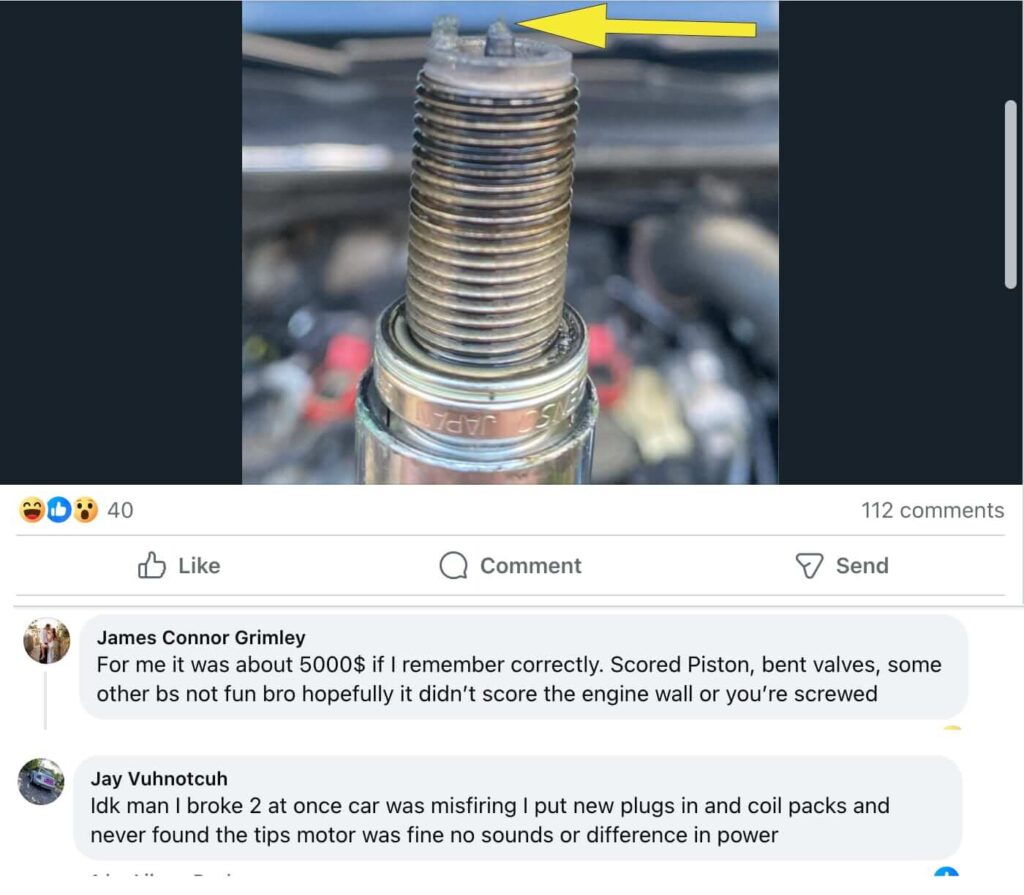
As the above examples illustrate, this topic has practical consequences, such as potential repair costs or engine longevity, and real owners are facing these consequences.

However, as I’ve written about previously in Turbocharger Reliability, the subject of reliability depends on large quantities of good data to draw a correct conclusion, and this is a significant obstacle for consumers and businesses selling tunes.
In this post, you’ll learn how aftermarket tunes can reduce reliability, why opinions about reliability can themselves be unreliable, and see data that can be used to make a more informed purchase decision.
Aftermarket Tunes:
Aftermarket ECU tunes generally increase engine power output, resulting from increased pressure within the combustion chambers. The increased pressure is accompanied by increased temperatures and loading on the engine components.
The damaged spark plug, shown above, is the ‘canary in the coal mine‘ for potential major problems arising from these harsher conditions.
The increased cylinder pressure is achieved by raising the boost pressure and/or advancing ignition timing.
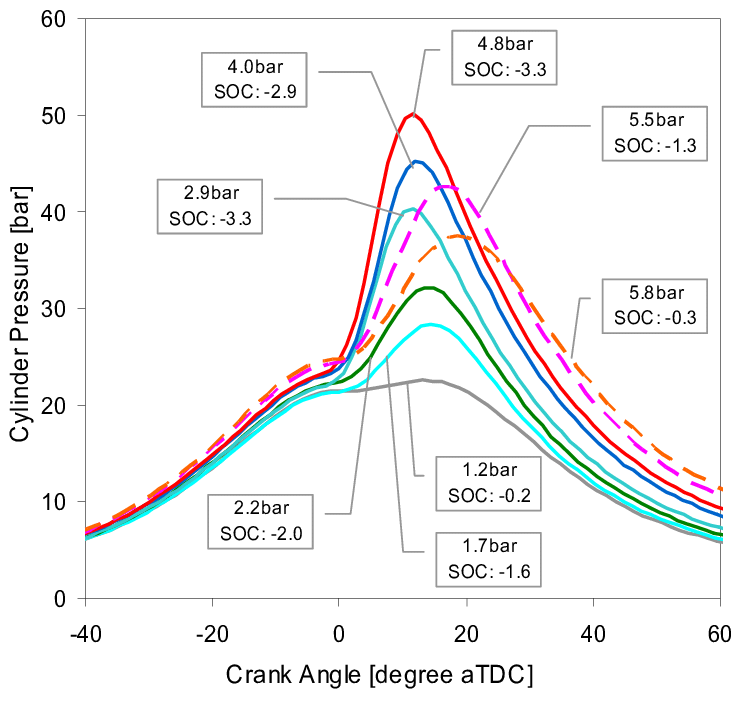
The increased pressure and temperature create increased stress on the engine components, affecting the failure rate across the three phases of part failure: early, constant, and wear-out.
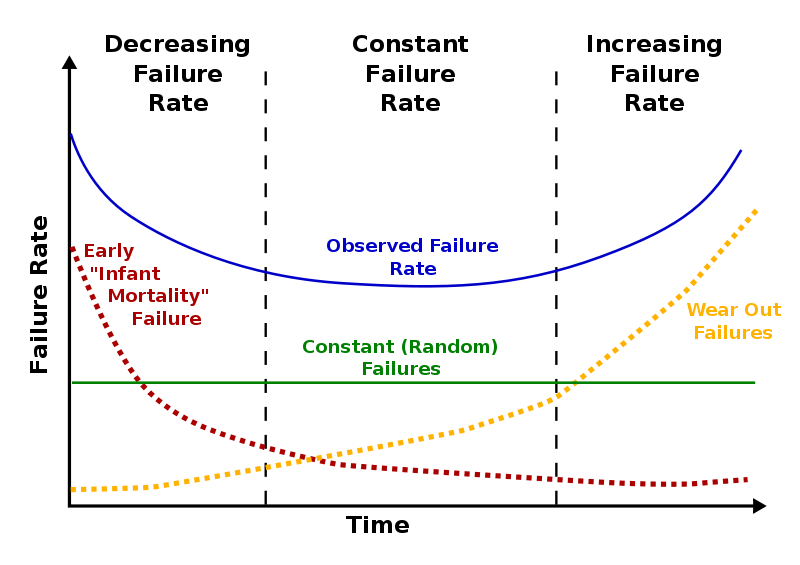
The spark plug failures being reported aren’t a regular part of car ownership; they’re indications of abnormal conditions that can affect long-term reliability.
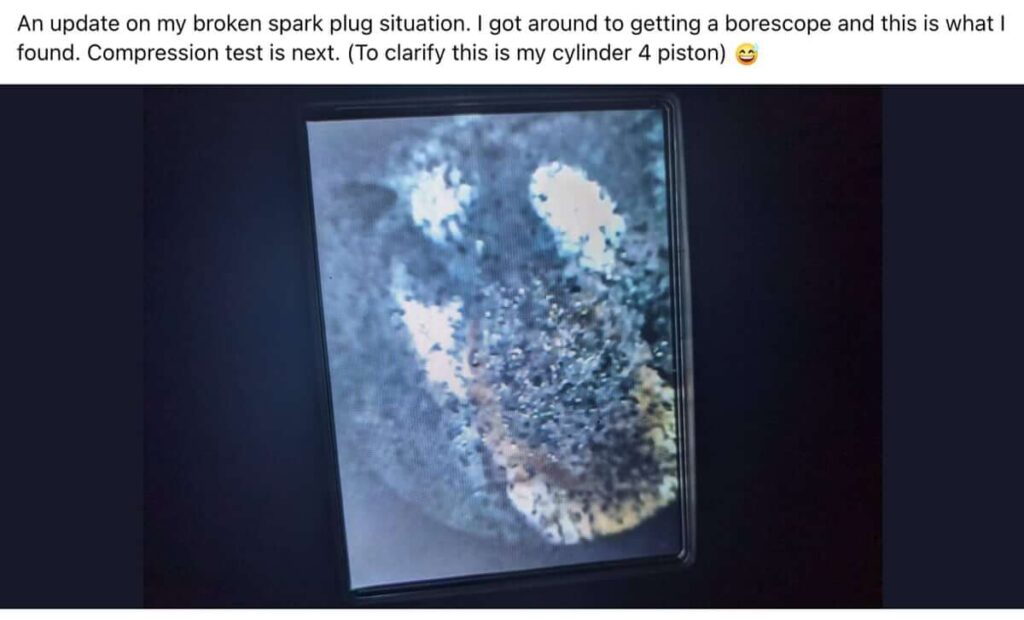
Warranty Warning:
Why Your OEM Warranty Speaks Volumes:
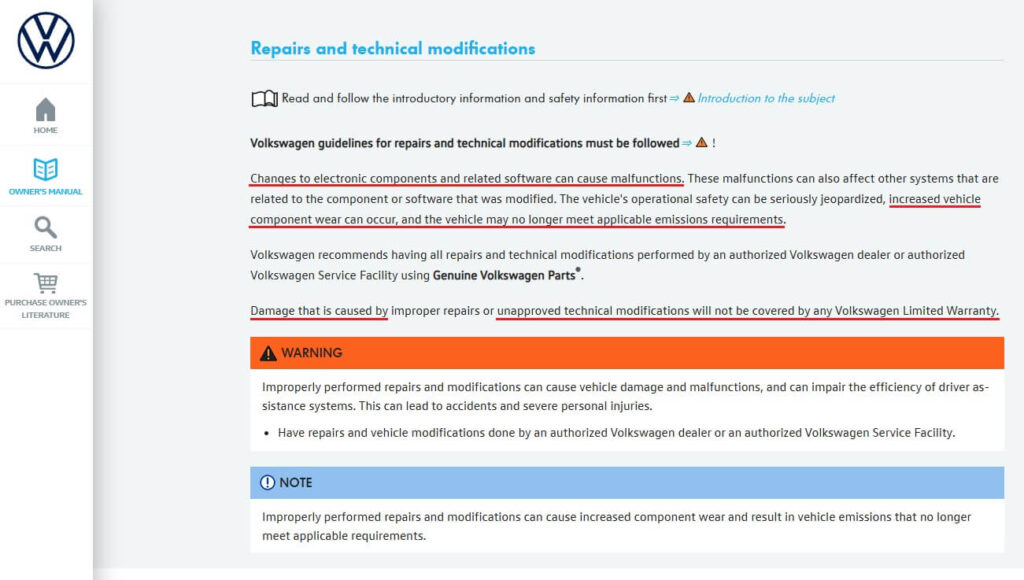
Volkswagen’s voiding of the warranty is essentially the factory’s vote of no confidence in aftermarket tune safety and what that suggests about long-term component damage.

Risk Tolerance:
Risk is evaluated based on the likelihood of occurrence (Frequency) and the consequence (Severity) if the risk is realized.
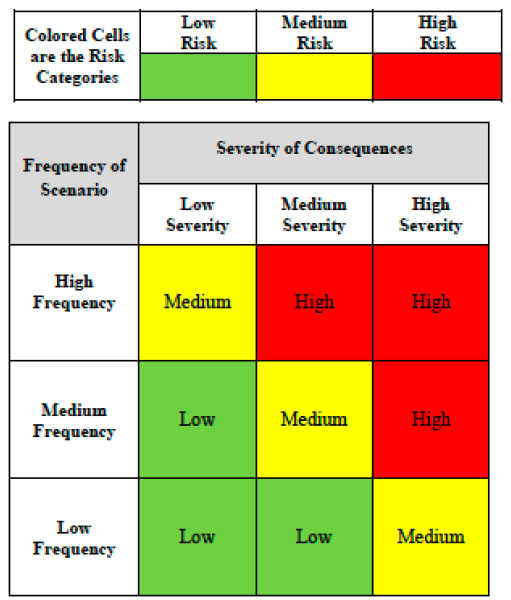
The risk level associated with an aftermarket tune depends on multiple factors, including the vehicle operator’s driving style and maintenance intervals, as well as other tune-specific factors that, as discussed above, affect the likelihood of failure.
It also depends on the owner’s perception of the severity of the consequence. Damaging an engine may be considered a low-severity issue to an owner who has allocated the funds to rebuild it, has easy access to appropriate repair services, and the absence of transportation for a period is not a significant impediment.
The same damage might be considered high severity to an owner who lacks the funds to pay for repairs, has inadequate support nearby, and is dependent on the vehicle’s functioning.

This means that the perceived risk associated with using an aftermarket tune is dependent on the individual owner’s circumstances and opinions.
Community Bias:
Since the perceived risk of aftermarket tunes depends on how individuals operate their cars and how they interpret the consequences of component failures, obtaining the opinion of other owners has significant shortcomings.

An additional shortcoming of this method arises due to the concepts of survivorship and selection bias. If an owner’s vehicle suffers a significant failure, the resultant cost and effort to repair it might lead them to obtain a different car.
No longer owning the type of vehicle that failed, they are likely to exit the model-specific group or forums they were participating in, which skews the anecdotal record.

Tune Risk Data Analysis:
Because reliability metrics for different aftermarket tunes, such as the mean time to failure (MTTF) and failure rate, are unavailable, evaluating ‘probable‘ reliability using other obtainable information is a logical alternative.
Boost Pressure – Measure #1
Raising boost pressure raises the pressure and temperature in the engine. It also requires the turbocharger to spin faster, thereby increasing the loads to which the bearings and compressor blades are subjected.
Generally, for these mechanical devices, increasing the operating stress is not conducive to extending the service life. Therefore, one measure for gauging risk is the average boost pressure.
For this comparison, an operating range of 2,900 RPM to 5,000 RPM is chosen using the IHI IS20 turbocharger. This is in part due to the turbocharger boost profile ‘generally’ near a peak throughout this range, and this includes the operating point where the engine is developing maximum torque.
Engine Knock
The engine software used in the Volkswagen Mk7 GTI features safety protocols designed to ensure the engine runs reliably for an extended period. Key among these is a means to respond to potential engine knock, a dangerous condition that can damage the engine.
Reducing the ignition timing advance is a method that can quickly lower the cylinder pressure to combat knock. The engine computer compares the signal level from the knock sensors against predetermined thresholds that indicate knock may be occurring. When the sensor output meets the threshold, the timing is reduced to a safe degree.

Aftermarket tuners can increase this safety threshold. This causes the engine to continue developing maximum power during conditions that the vehicle manufacturer (Volkswagen) has determined are at high risk for detonation.
Because the knock sensor voltage and knock threshold are data that specialized software can record, I have some data on a subset of Mk7 GTI Stage 2 tunes.
Two examples of this type of data are shown below. (For more information on this topic, see the page discussing Noise and Knock.)
Not all tunes can be evaluated directly (my limitation of the test); therefore, an indirect means of comparison is defined that captures the likelihood that safety processes are not altered.
Timing Pull Occurrences – Measure #2
During a full-throttle pull, each cylinder of the engine has the potential for ignition timing to be reduced. To compare tunes, if the ignition timing is reduced in any cylinder, the number of occurrences is summed and divided by the number of opportunities.
The resulting percentage is referred to as the Timing Pull % of Opportunities.
Measure Quality Check
To assess whether the occurrences of ignition timing pull are associated with engine knock rather than ‘false knock,’ a test was conducted in which a tune with OEM safety protocols was adjusted to force a high number of timing pulls (safety interventions). With this tune, timing reduction occurred in all cylinders during each full-throttle acceleration. This represents a 100% timing pull percentage of opportunities.
The octane percentage of the fuel was then adjusted by increasing the ethanol content from 10% to 20%. This increase in octane corresponded with a significant reduction in instances of timing pull (safety protocol implementation), dropping from 100% to 15%.
This direct observation demonstrates that the timing reduction was very likely in response to ‘true‘ knock activity.
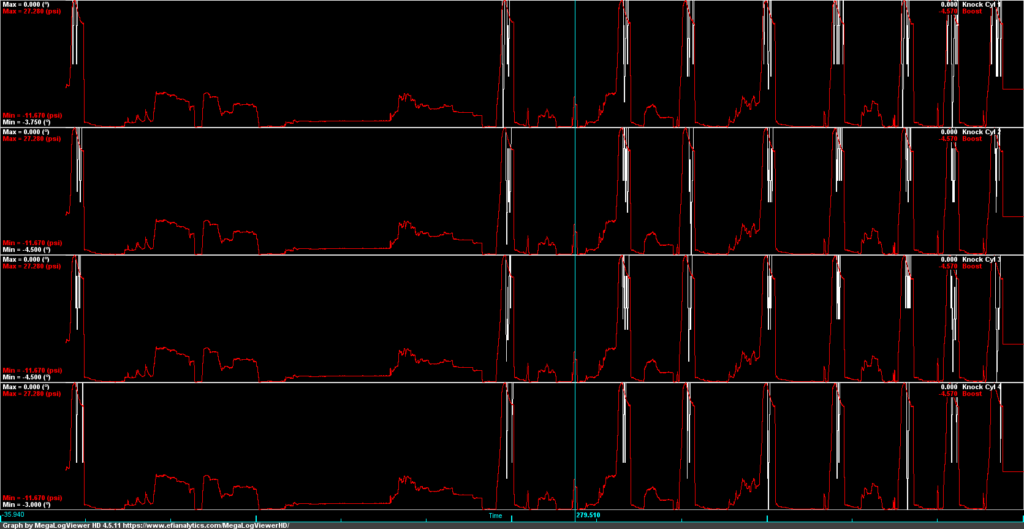
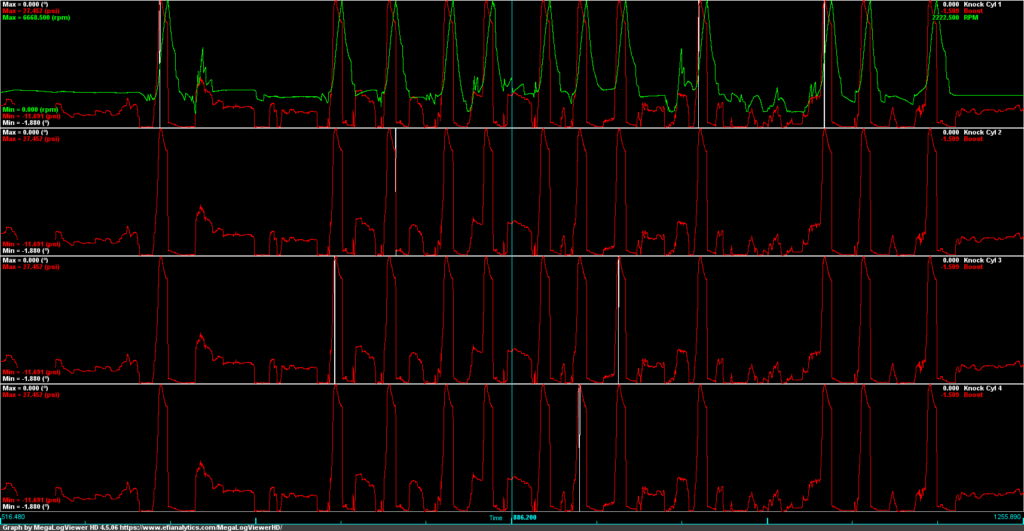
Choosing Your Tuner:
The following chart displays the eleven tunes evaluated, along with the individual measures of average boost pressure and timing pull percentage of total opportunities.
Note: More complete data on each of these tunes is contained in the Mk7 GTI Stage 2 Tune Overview page.
Along the x-axis, the tunes are identified, and above them in the chart, the tunes’ average boost pressure and the percentage of times timing was reduced using that tune.
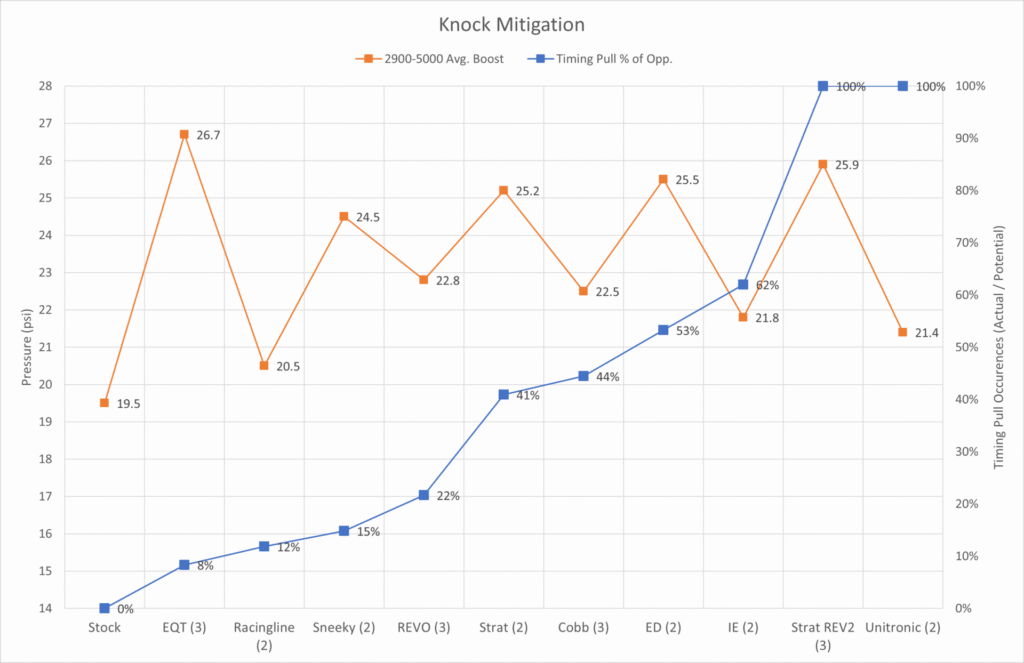
Higher average boost pressure → Increased engine stress.
Fewer timing pull interventions → Higher risk of engine knock.
Assessing the two factors can result in an overall low risk even when one criterion is high, as the factors are not independent.
For example, the stock tune has no occurrences of timing reduction, but this is owing to the low average boost pressure.
The following illustration combines this information to create a risk chart.
Areas of the chart colored green are relatively lower risk, and areas colored orange and red are progressively higher risk.
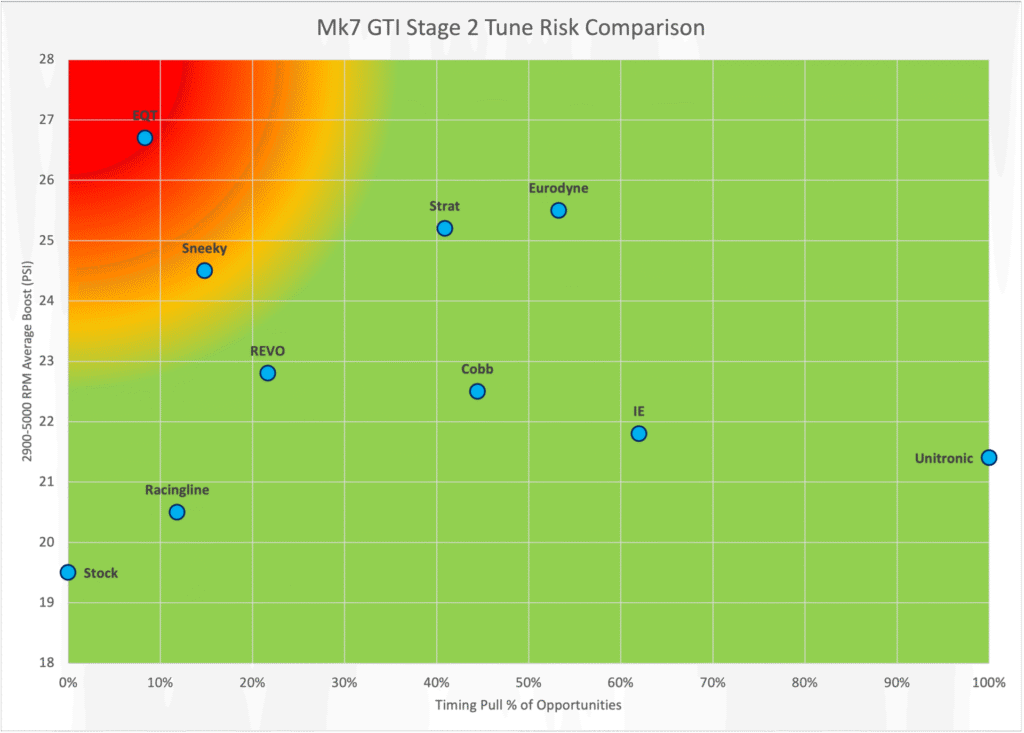
This chart can be used to gauge the relative risk of these tunes based on the defined criteria. While the chart cannot predict how reliable a tune will be, it does show how some factors affecting reliability compare.
Conclusions:
When selecting an aftermarket ECU tune, consumers should balance their power goals against the OEM’s engineered safety margins if reliable operation is a concern.
Selection bias resulting from owners with damaged cars selling their cars and leaving discussion groups can skew anecdotal information from other owners.
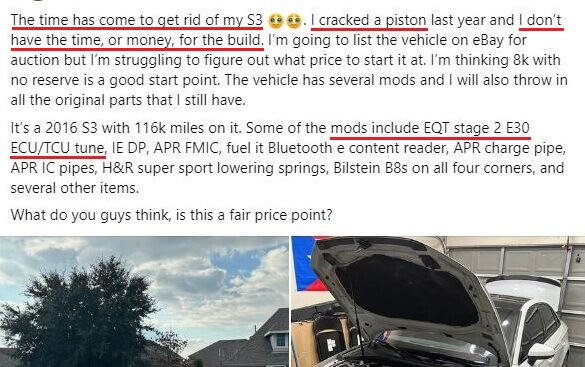
Advice:
When a vendor claims their tune is “reliable” or “safe,” don’t accept it at face value. Request Hard Data: Demand access to detailed test results and performance metrics.
Vague statements like “We took steps to ensure tune safety” reflect intention, not proven reliability. Similarly, broad claims like “We have many happy customers using our tunes” tell you nothing about the whole picture.
How many cars ran without issue over what mileage? Ask for failure rates or warranty claims ratios.
Keep in mind that if the tuner claims their tune is reliable or safe, under Federal Trade Commission Truth In Advertising law, they need to be able to substantiate those claims:
A firm’s failure to possess and rely upon a reasonable basis for objective claims constitutes an unfair and deceptive act or practice in violation of Section 5 of the Federal Trade Commission Act.


